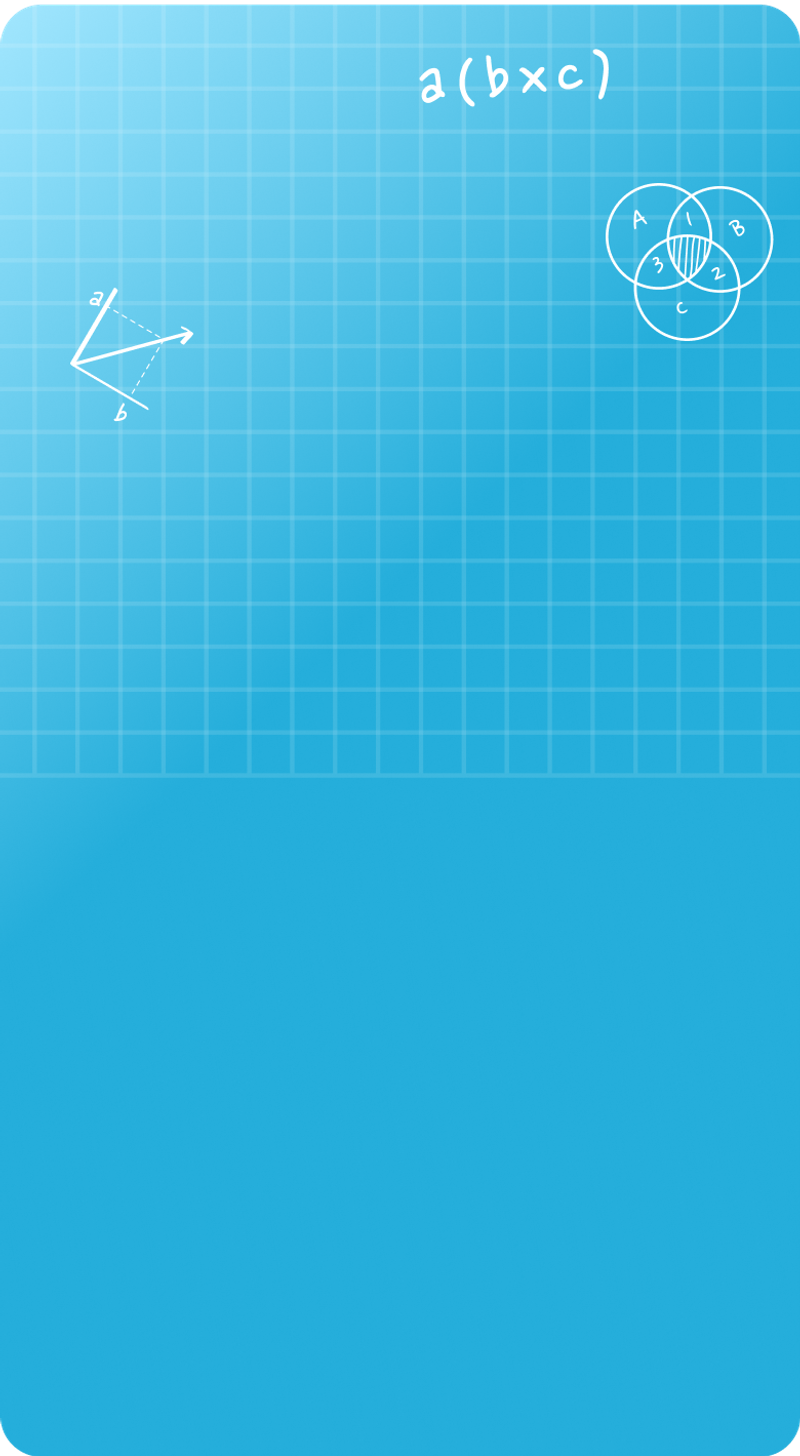Summarize this article:
 345 Learners
345 LearnersLast updated on August 5, 2025
Divisibility Rule of 7

The divisibility rule is a way to find out whether a number is divisible by another number without using the division method. In real life, we can use the divisibility rule for quick math, dividing things evenly and sorting things. In this topic, we will learn about the divisibility rule of 7.

What is the Divisibility Rule of 7?
The divisibility rule for 7 is a method by which we can find out if a number is divisible by 7 or not without using the division method. Check whether 203 is divisible by 7 with the divisibility rule.
Step 1: Multiply the last digit of the number by 2, here in 203, 3 is the last digit multiply it by 2. 3 × 2 = 6
Step 2: Subtract the result from Step 1 with the remaining values but do not include the last digit. i.e., 20–6 = 14.
Step 3: As it is shown that 14 is a multiple of 7, therefore, the number is divisible by 7. If the result from step 2 isn't a multiple of 7 then the number isn't divisible by 7

Tips and Tricks for Divisibility Rule of 7
Learn divisibility rule will help kids to master the division. Let’s learn a few tips and tricks for divisibility rule of 7.
- Know the multiples of 7: Memorize the multiples of 7 (7,14,21,28,35…etc.) to quickly check the divisibility. The result from the subtraction is a multiple of 7 then the number is divisible by 7
- Use the negative numbers: If the result we get after the subtraction is negative, we will avoid the symbol and consider it as positive for checking the divisibility of a number.
- Repeat the process for large numbers: Students should keep repeating the divisibility process until they reach a small number that is divisible by 7 .
For example: Check if 1946 is divisible by 7 using the divisibility test.
Multiply the last digit by 2, i.e., 6 × 2 = 12
Subtract the remaining digits excluding the last digit by 12, 194–12 = 182
Still, 182 is a large number, hence we will repeat the process again and multiply the last digit by 2, 2 × 2 = 4.
Now subtracting 4 from the remaining numbers excluding the last digit, 18–4 = 14.
As 14 is a multiple of 7, 1946 is divisible by 7
- Use the division method to verify: Students can use the division method as a way to verify and crosscheck their results. This will help them to verify and also learn.

Common Mistakes and How to Avoid Them in Divisibility Rule of 7
The divisibility rule of 7 helps us to quickly check if the given number is divisible by 7, but common mistakes like calculation errors lead to incorrect calculations. Here we will understand some common mistakes that will help you to understand.
Explore Our Programs



Divisibility Rule of 7 Examples

Problem 1
Is 105 divisible by 7?

yes, 105 is divisible by 7.
Explanation
As 105 is a larger number, let's check it with the divisibility rule
1) Multiply the last digit of the number by 2, 5 × 2 = 10.
2) Subtract the result from the remaining digits excluding the last digit, 10–10 = 0.
3) The result came as 0, therefore 105 is divisible by 7.

Problem 2
Check the divisibility rule of 7 for 343

Yes, 343 is divisible by 7.
Explanation
For checking the divisibility rule of 7 for 343,
1) Multiply the last digit of the number with 2, 3 × 2 = 6.
2) Subtract the result with the remaining digits, excluding the last digit,
34 – 6 = 28.
3)Check if 28 is a multiple of 7, yes 28 is a multiple of 7(7 × 4 = 28).

Problem 3
Is -91 divisible by 7?

Yes, -91 is divisible by 7.
Explanation
To check if -91 is divisible by 7. As -91 is a negative number, we remove the negative sign and check the divisibility.
1)Multiply the last digit of the number with 2, 1 × 2 = 2
2)Subtract the result with the remaining digits excluding the last digit
9 – 2 = 7.
3)Check if the result is a multiple of 7, yes the result is a multiple of 7(7 x 1).

Problem 4
Can 121 be divisible by 7 following the divisibility rule?

No, 121 isn't divisible by 7
Explanation
To check if 121 is divisible by 7 by the divisibility rule, we have to follow the steps,
1) Multiply the last digit of the number with 2, 1 × 2 = 2
2) Subtract the result with the remaining digits excluding the last digit
12-2 = 10.
3) Check if the result is a multiple of 7. No, 10 isn't a multiple of 7.

Problem 5
Check the divisibility rule of 7 for 1001.

Yes, 1001 is divisible by 7.
Explanation
To check the divisibility rule of 7 for 1001 we have to follow the steps.
1) Multiply the last digit of the number with 2, 1 x 2 = 2.
2) Subtract the result with the remaining digits, excluding the last digit,
100–2 = 98.
3) Check if the result is a multiple of 7. Yes, 98 is a multiple of 7(7 x 14 = 98).


FAQs on Divisibility Rule of 7
1.What is the divisibility rule for 7?
2.How many numbers are there between 1 and 100 that are divisible by 7?
3.Is 35 divisible by 7?
4.What if I get 0 after subtracting?
5.Does the divisibility rule of 7 apply to all the integers?

Important Glossaries for Divisibility Rule of 7.
- Divisibility rule: The set of rules used to find out whether a number is divisible by another number or not. For example, a number is divisible by 2 if the number ends with even numbers.
- Multiples: Multiples are the results we get after multiplying a number by an integer. For example: multiples of 7 are 7,14,21,28…….
- Integers: Integers are the numbers that include all the whole numbers, negative numbers and zero.
- Subtraction: Subtraction is a process of finding out the difference between two numbers, by reducing one number from another.
- Divisor: Divisor is a number that divides another number completely, leaving the remainder 0.



Hiralee Lalitkumar Makwana
About the Author
Hiralee Lalitkumar Makwana has almost two years of teaching experience. She is a number ninja as she loves numbers. Her interest in numbers can be seen in the way she cracks math puzzles and hidden patterns.
Fun Fact
: She loves to read number jokes and games.

















